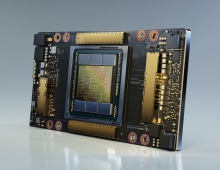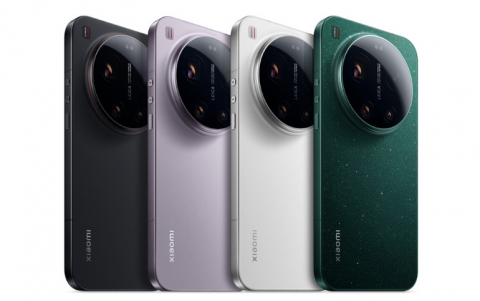
Google Researchers Trained AI To Recognize Smell
A group of researchers at the Google Brain Team is training AI to recognize the smell of items based on their molecular structure.
Predicting the relationship between a molecule’s structure and its odor remains a difficult, decades-old task. This problem, termed quantitative structure-odor relationship (QSOR) modeling, is an important challenge in chemistry, impacting human nutrition, manufacture of synthetic fragrance, the environment, and sensory neuroscience.
In a paper published in Arxiv, the researchers propose the use of graph neural networks for QSOR, and showed they significantly out-perform prior methods on a novel data set labeled by olfactory experts. Additional analysis shows that the learned embeddings from graph neural networks capture a meaningful odor space representation of the underlying relationship between structure and odor, as demonstrated by strong performance on two challenging transfer learning tasks.
The researchers assembled a novel and large dataset of expertly-labeled single-molecule odorants, and trained a graph neural network to predict the relationship between a molecule’s structure and its smell. They demonstrated state-of-the-art results on this QSOR task with respect to field-recognized baselines. Further, they showed that the embeddings capture meaningful structure on both a local and globalscale. Finally, they showed that the embeddings learned by their model are useful in downstream tasks, which is currently a rare property of modern machine learning models and data in chemistry.
However, the algorithm is not ready. GNN’s biggest let down is with chiral pairs; two molecules having the same number of atoms and bonds but arranged as mirror images, therefore having different smells.
Another area missed by the GNN is what happens when two or more molecules are combined to create an entirely different smell. The human perception is also a key area where GNN fails; for instance, two molecules might smell different, however, people would point out only one odor.
In any case, the researchers believe their model and its learned embeddings might be generally useful in the rational design of new odorants.
Machine learning has already had a large impact on the senses of sight and sound. Based on these early results with graph neural networks for molecular properties, machine learning can eventually do for olfaction what it has already done for vision and hearing.





















